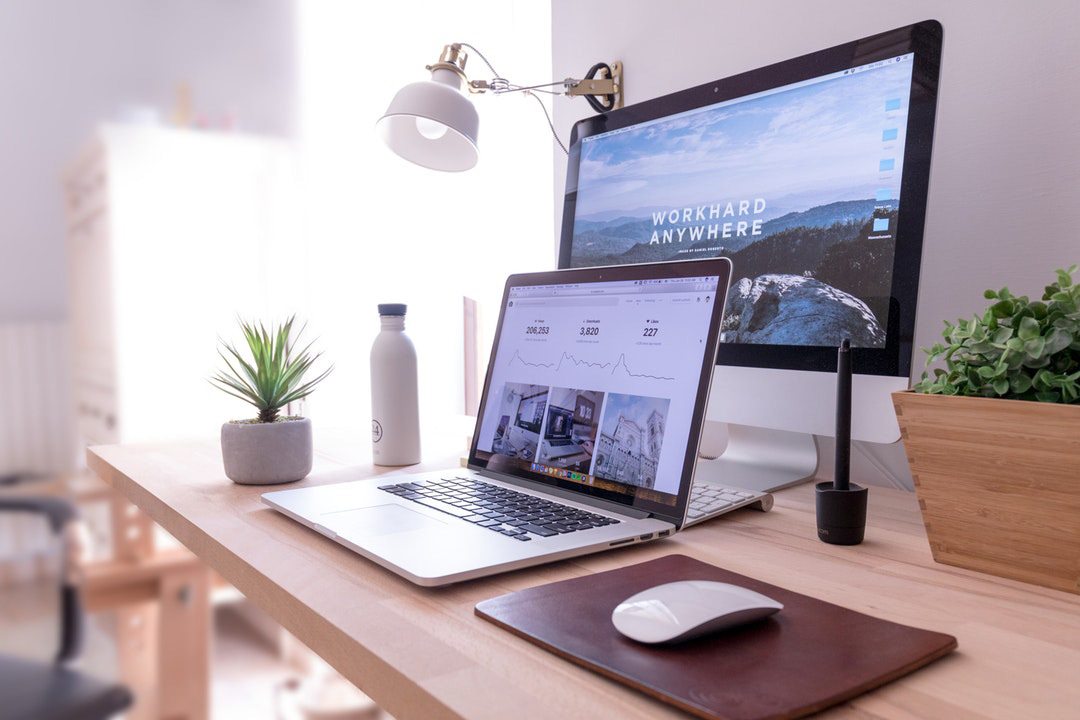“We’ll bring you 500% more traffic!” “Triple your site traffic overnight!” “One click gets you more traffic than you ever thought possible!”
You see these types of ads and promises all over the place. Everyone claims they can bring massive amounts of traffic to your site, but they ignore quality for quantity.
As important as it is to have a flow of traffic, those users need to convert and make a purchase before you make any money. Businesses assume that more traffic will always lead to more sales, but if that traffic comes from bots or uninterested people, that’s not the case.
In all the noise about traffic, make sure you focus plenty of attention on the real money-maker: conversions. These website design best practices can help.
Website Design Best Practices for Increasing Conversions
All the traffic in the world won’t do you any good if you can’t convince them to buy. Here’s how to can center your web design around conversion.
1. Make it Functional
Before we get into the other recommendations, remember this above all: it has to run well. Technical issues and slow loading times are among the top reasons people leave websites.
Google found that 53% of users will leave a site if it doesn’t load in three seconds. That’s true with your home page and your other pages as well. If you’re running an online clothing boutique and a user has to wait ten seconds for each product page to load when they click on it, you’ll lose them.
2. Get On the Grid
It’s typical to use a grid-like layout when you’re designing your site. To better optimize your conversions, get a bit more specific.
On any given screen, place guidelines to divide the screen into thirds horizontally as well as vertically. You’ll see that those lines converge in four places. Those are the spots where a person’s eye naturally falls.
To use this knowledge, place your call-to-action at one of these four points. It can be a simple tweak that makes a world of difference.
3. Put a Face On It
Every company debates whether to use stock models in their web design. Allow us to settle the debate: as long as it fits with your brand, a stock model is likely to improve your conversions.
This is true because as humans, we’re drawn to other people and it’s instinctive to read their facial expressions. When someone lands on your site and sees a pleasant, smiling person, it gives them a more positive impression of the product they’re seeing.
Of course, branding is still important above all, so make sure your model fits with the image you want to cultivate.
4. Make It Obvious
The easier you make it for someone to buy your product, the more likely they are to buy it. We’re not talking about using complex math to find the lowest price you can offer. We’re talking about something as simple as a “Buy It” button.
Creative web designs are great but don’t go so far outside the box that it hurts your conversions. People are used to seeing prominent buttons like “Buy Now” or “Add to Cart” on product pages. Use contrasting colors to make sure they stand out.
This doesn’t only apply to product pages. There should never be a point on your site where the user doesn’t see a button or call-to-action that would bring them to the next step of conversion.
5. Pull Them In with Videos
As we mentioned above with stock models, part of driving a conversion is building a personal connection with the user. They need to feel like they can trust you before handing over their hard-earned cash.
Videos can be great ways to do that. Include a video of you or your team talking about your products. Something as simple as a “talking head” video adds a comforting face to your site.
Be careful not to muddy the waters with too many calls-to-action at the end, though. Choose one next step you want the viewer to take like browsing your products and make that your focus. Don’t end with a mess like, “Here’s how to subscribe to our YouTube channel, or you can go to this page, or follow us on these seven social media sites.”
6. Get Interactive
No one wants to buy something online if they feel like they don’t know what they’re getting. The more information the user has, the more likely they are to buy.
Interactive elements can go a long way toward that goal. For instance, let’s say you’re selling a coffeemaker. Create an interactive animation so users can click on different parts of an image to see how functions work and learn about parts of the design.
Of course, don’t forget our #1 rule above, though: don’t get so ambitious that it slows your loading time.
7. Optimize Your Buying Process for Mobile
Most businesses today know that their site needs to be mobile-friendly. On top of catering to mobile users, this also helps your search engine optimization a Google now puts non-mobile-friendly sites lower in search results.
Few businesses, however, realize that mobile should be their key focus. Design your site for mobile users and make it work for desktops, not the other way around.
The buying process is where most sites struggle with this. Make sure your product reviewing, cart reviewing, and purchasing stages are easy to do on mobile devices.
Considering that 57% of all web traffic comes from mobile devices, a cumbersome mobile buying process can lose massive numbers of customers.
Setting Up Your Website for Success
An e-commerce business owner’s work is never done. There are always ways to tweak and improve your web design based on your goals.
If you aren’t getting the conversion rates you want, the website design best practices above can go a long way. Just be sure you don’t lose your brand along the way.
If you’d like a professional touch, reach out to our web design team for help. We are recognized as a top E-Commerce Design & Development Company on DesignRush.



